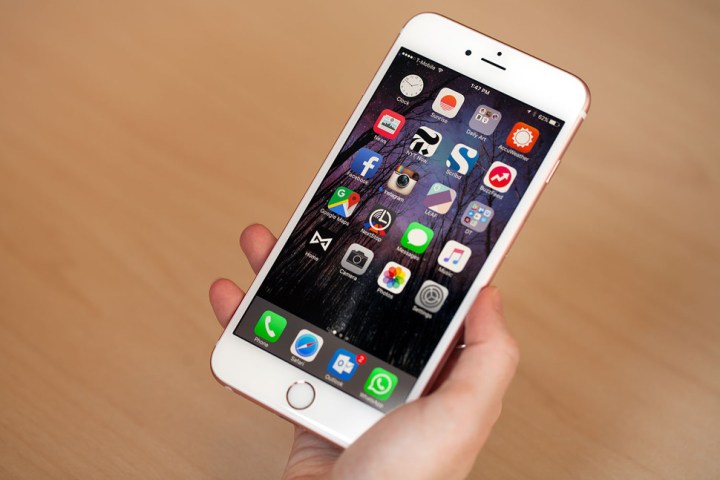
That doesn’t mean that there was a hole in your phone — Apple says the batteries were exposed to “controlled ambient air,” which basically means that while the batteries were being assembled, they were exposed to a little more air than they should have been. Because of that, the batteries degraded faster than they usually would. Apple is quick to note that the problem does not result in a safety issue.
In other words. the issue seems to be a pretty mundane manufacturing flaw. And it makes sense that Apple would want to highlight the fact that there’s no safety issue — no manufacturer would want to be compared to Samsung at this point.
It’s still not exactly clear how many phones were affected, and Apple has only referred to a “very small number” of devices. Apple also says that a few customers outside the “affected range” of devices are experiencing issues with their phone, but the company hasn’t said why or what it might do about it. It did, however, say that it would include “additional diagnostic capability in an iOS software update” set to be released sometime next week.
If you’re unsure if you’re in the group of people affected by the issue, Apple has released a diagnostic tool to help you check. If you are in that group, Apple will send a replacement phone to your nearest Apple Store.
Editors' Recommendations
- This one Apple Fitness feature completely changed how I exercise
- An Apple insider just revealed how iOS 18’s AI features will work
- iPhone 16: news, rumored price, release date, and more
- iPhone SE 4: news, rumored price, release date, and more
- 3 reasons why I’ll actually use Anker’s new iPhone power bank


